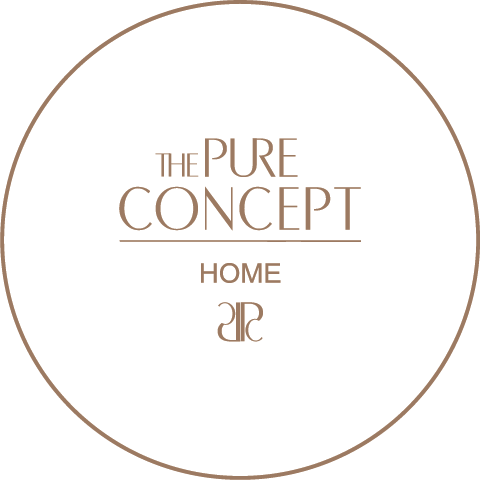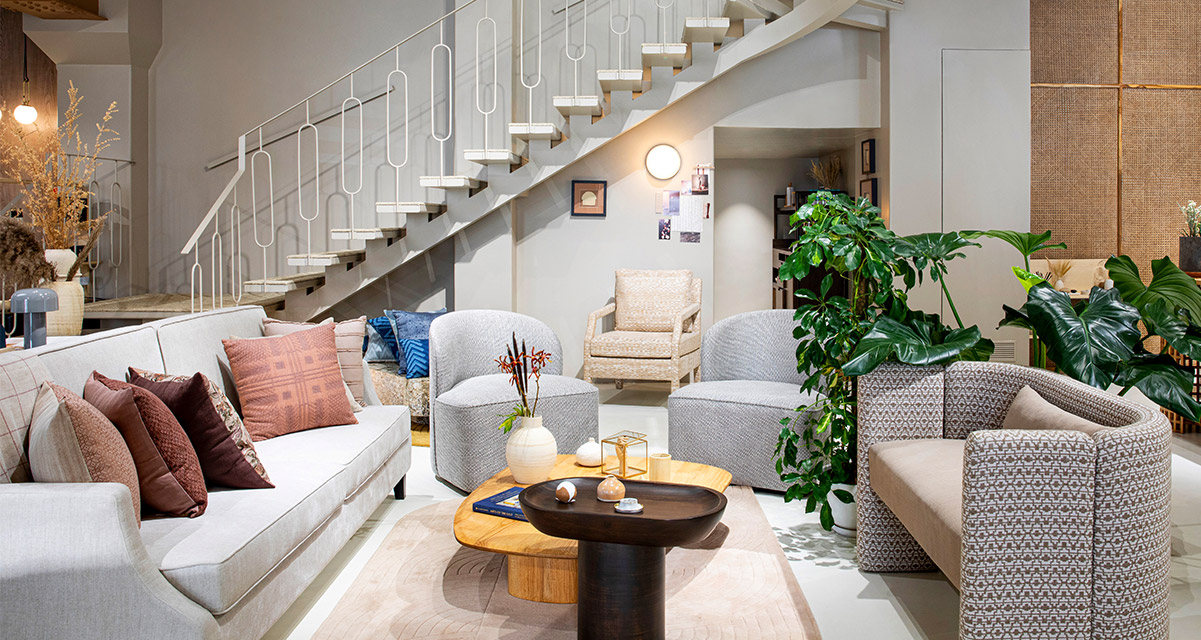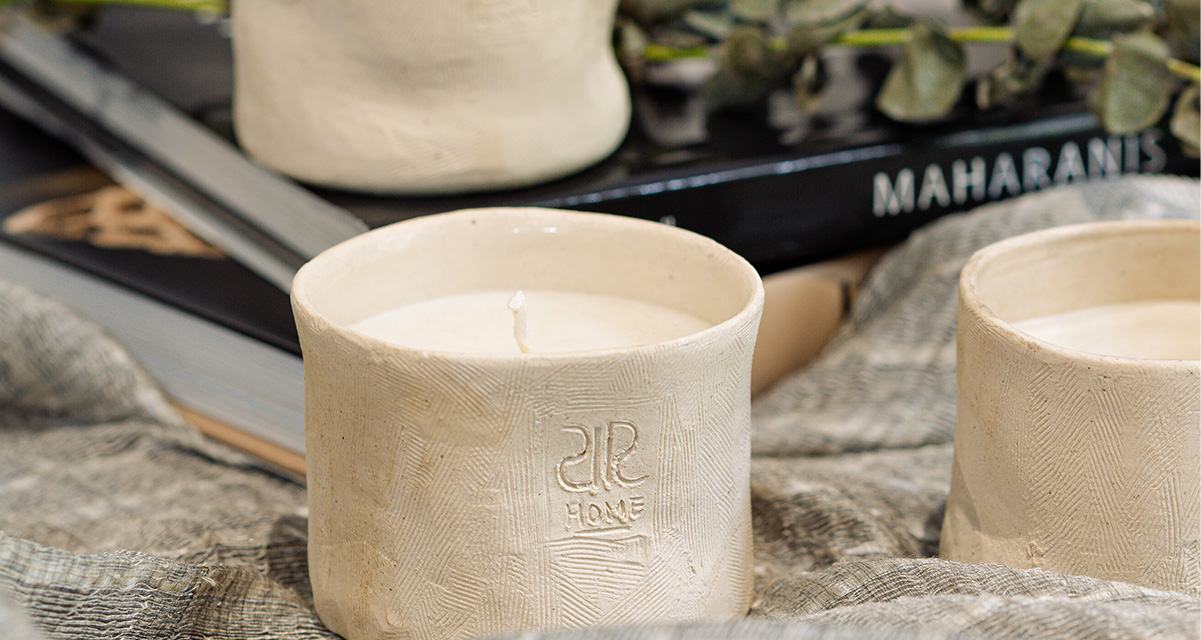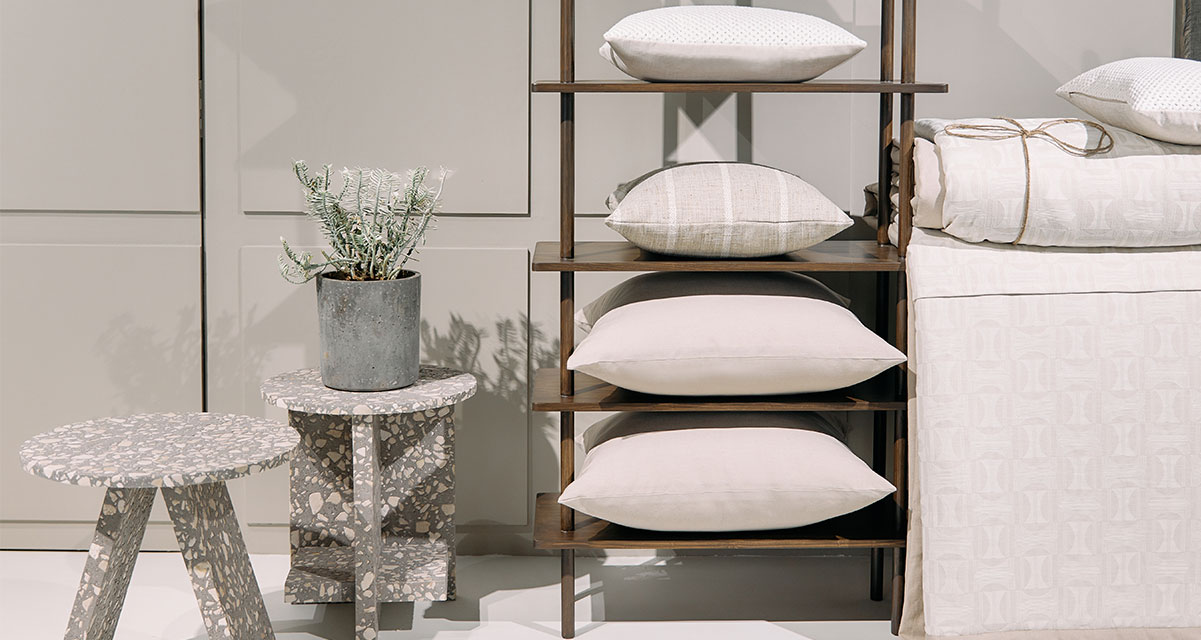
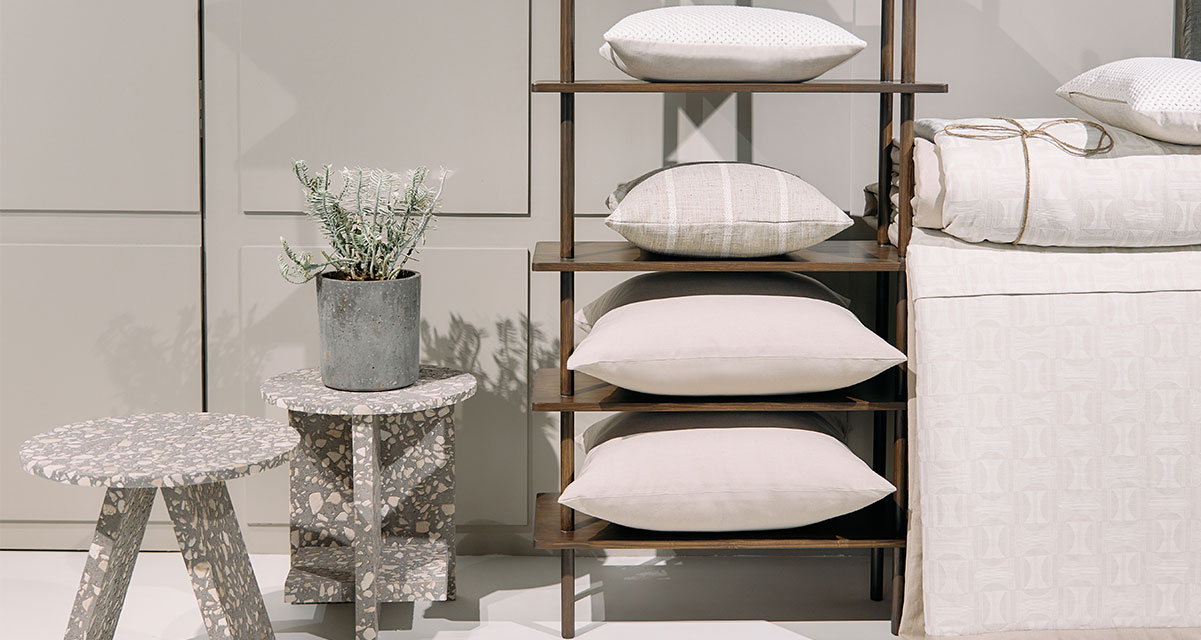
Let your Home Reflect these Beloved Japanese Design Philosophies!
As a modern, homegrown Indian brand, The Pure Concept home finds it invigorating to work with global design inspirations.
Japanese aesthetics have a special place in our hearts, central as they are to modern minimalism. Here are some timeless Japanese philosophies to bring home – and, you’ve got some charming new words for daily design conversations!
Kanso and Yugen
Kanso and Yugen represent uncluttered elegance, and sensorial freedom for appreciation of details. The end result is a tranquil experience of the space, because this appreciation greets conscious awareness in waves, instead of as an incessant onslaught of design information
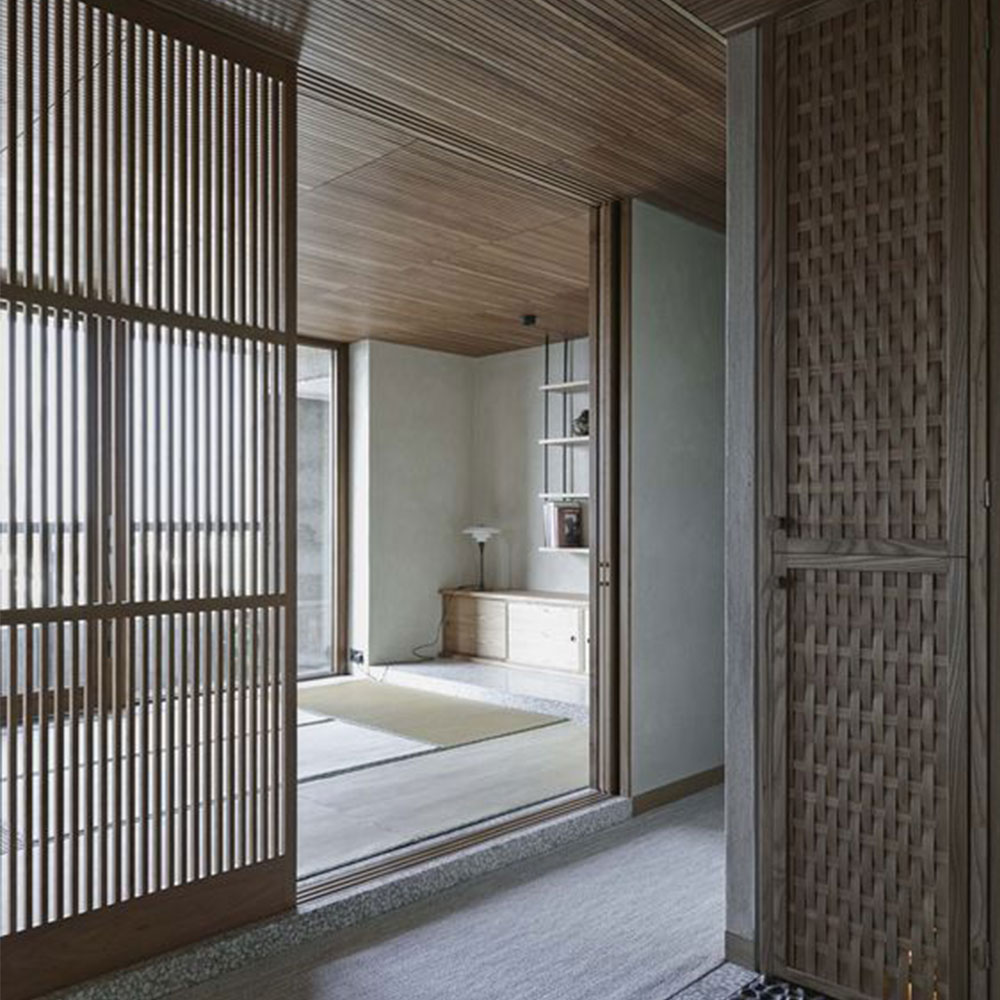
Shizen
We like to interpret Shizen in terms of seamlessness and continuity. Elements within any space can be made to interact with one another if there are some common underlying principles.
For instance, this glimpse of a Pure Concept home project shows how a neutral colour palette and wood work details unify the flooring and walls in the space design. The sleek lines of the
stairway and the organic, textured appeal of the artwork have their own identities, but they’re still distinctly geometric features.
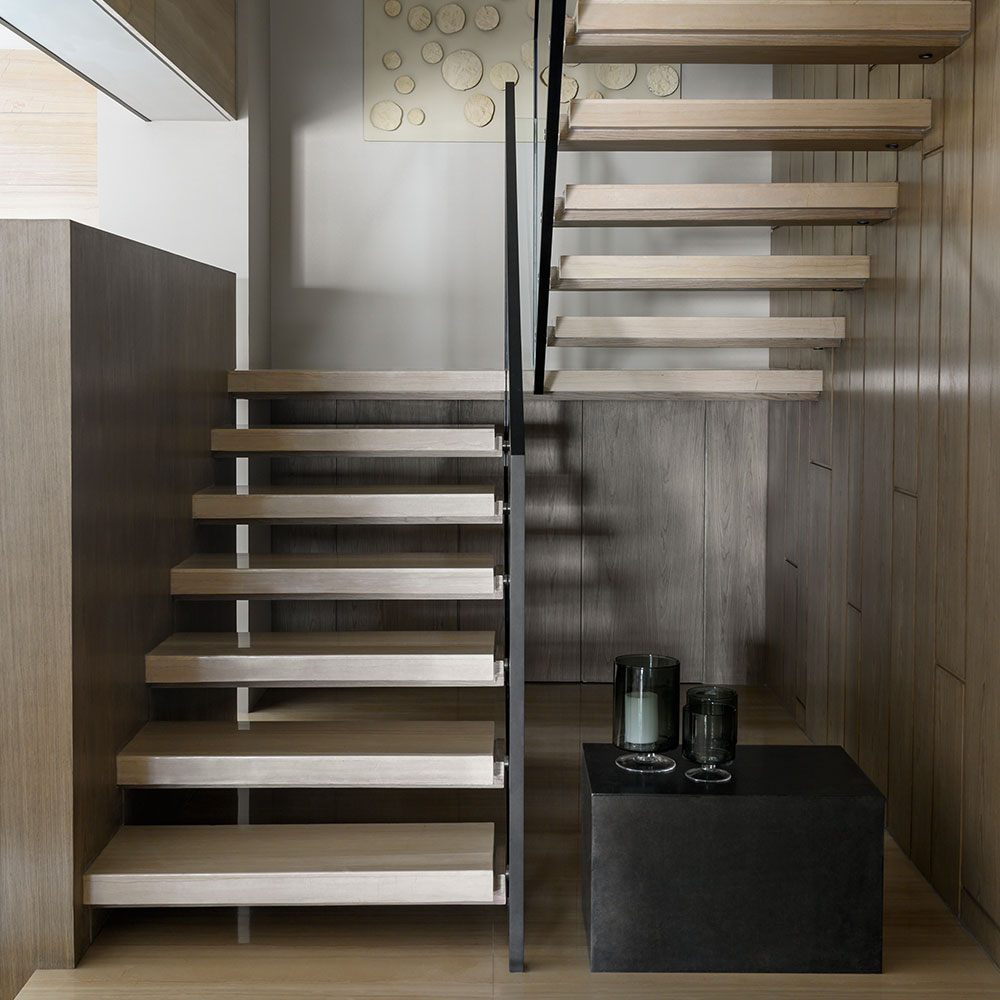
Shizen also incorporates the idea of ‘design harmony’ between Man and Nature:
Our Founder and Creative Head, Chanya Kaur, loves elevating spaces with lush greens and creating designs that encourage natural sunlight; because the overall effect is of calmness and quietude.
Heiwa
This Japanese interpretation of peace is about how to express a mild, gentle temperament. Where the role of colours in design and styling is concerned, Heiwa is manifested through pastels, or classic neutral palettes. For us, Heiwa is also in the airy, soothing colours created when natural sunlight streams through sheer curtains.

We also believe that monochrome aesthetics in Japanese-inspired minimalism are mistakenly limited to shades of black or white. Monochrome by definition refers to a single colour, which can be any of your choices.
Shokunin and Mingei
Loosely translated, Shokunin refers to ‘artisan,’ and Mingei to ‘folk crafts of utilitarian value.’ Historically, some truly special Japanese craft traditions were born out of need. Shibori dyeing –
one of Japan’s oldest fabric art and design techniques – is an example.
Believed to have been introduced from China, it was adapted in a unique way by the socially underprivileged classes in feudal Japan; who either couldn’t afford, or weren’t allowed to wear cottons and silks.
In modern times, shibori dip-dyed home fabrics – in typical shades of indigo – are popular for their striking beauty in upholstery, soft furnishings, and wall art.
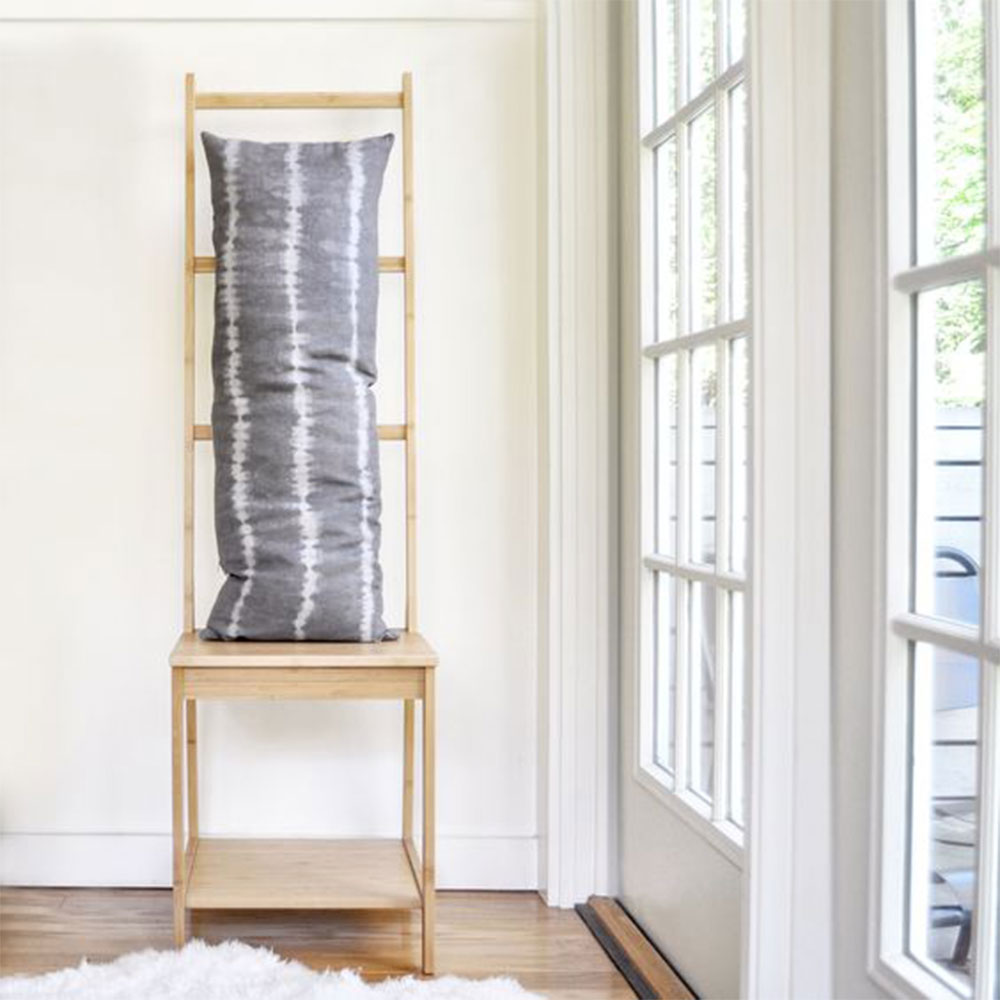
Ma
Spacing in modern minimalism has been unfairly associated with hollowness and austerity. The Japanese philosophy of Ma – ‘negative, or empty spacing’ – shows how profound it actually is.
Ma represents a ‘free interpretation zone.’ It stands for the ‘pause,’ a concept that we’re all understanding in our own ways, in life during a pandemic.
When the design layout becomes overwhelming, Ma becomes less a ‘void,’ and more a peaceful sanctuary, wherein we can retreat to recalibrate the design vision.
The concept of spacing also shares a deep relationship with fabric design. We consider it important to establish the timing for fabrics to enter an ideation process, for they can completely
transform how inviting, or constricted a space can appear. Colours, textures, and patterns are defining factors; and the fabrics we offer are eclectic, functional, and pleasing for a wide range of personal preferences.
